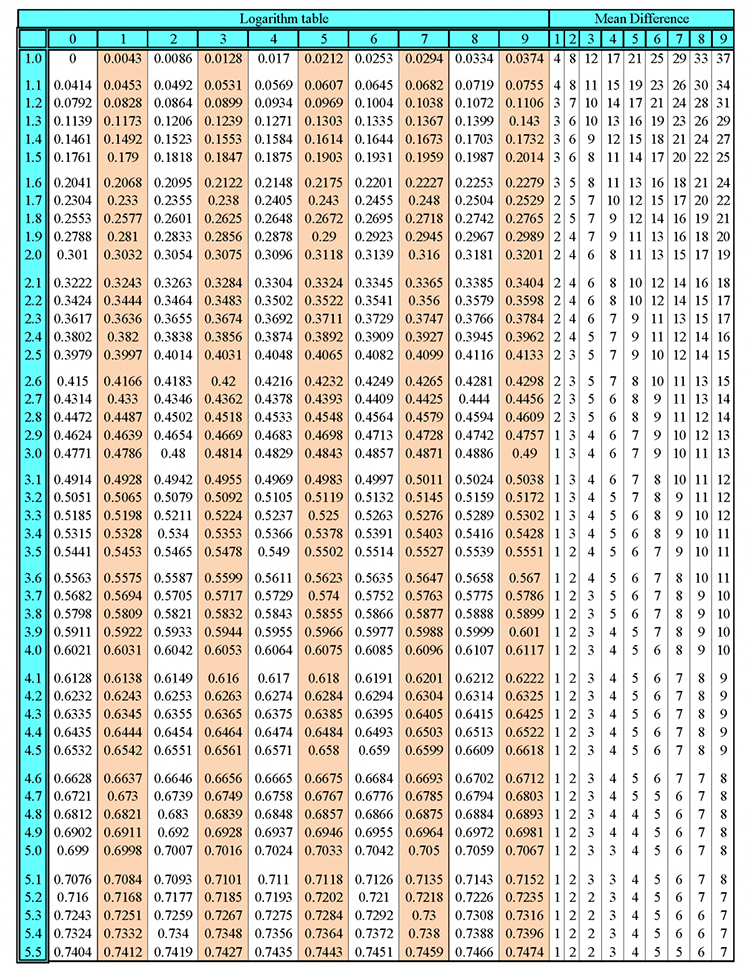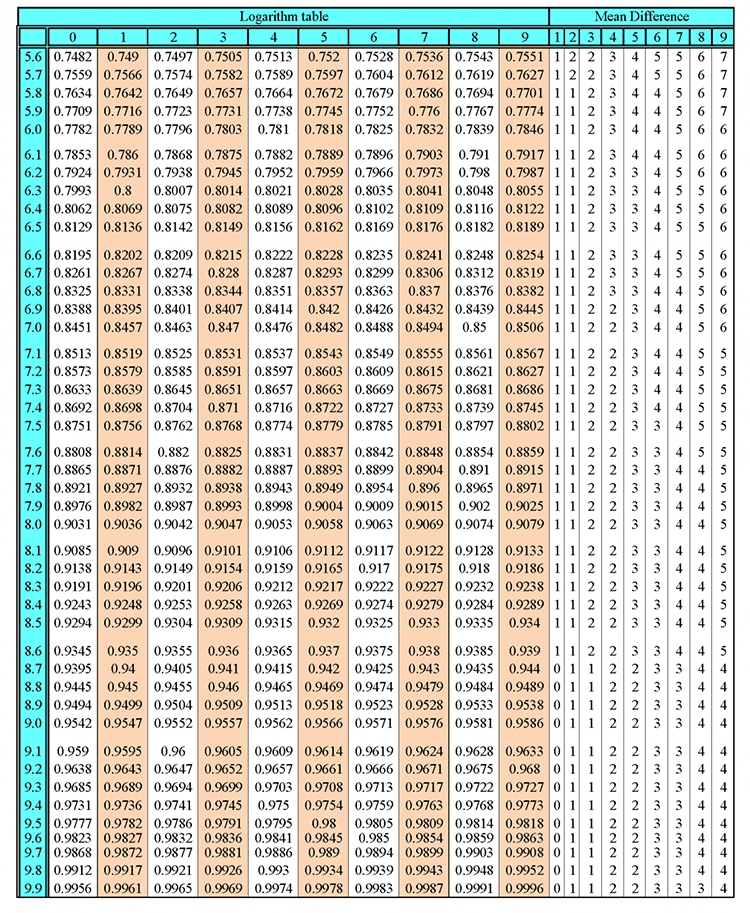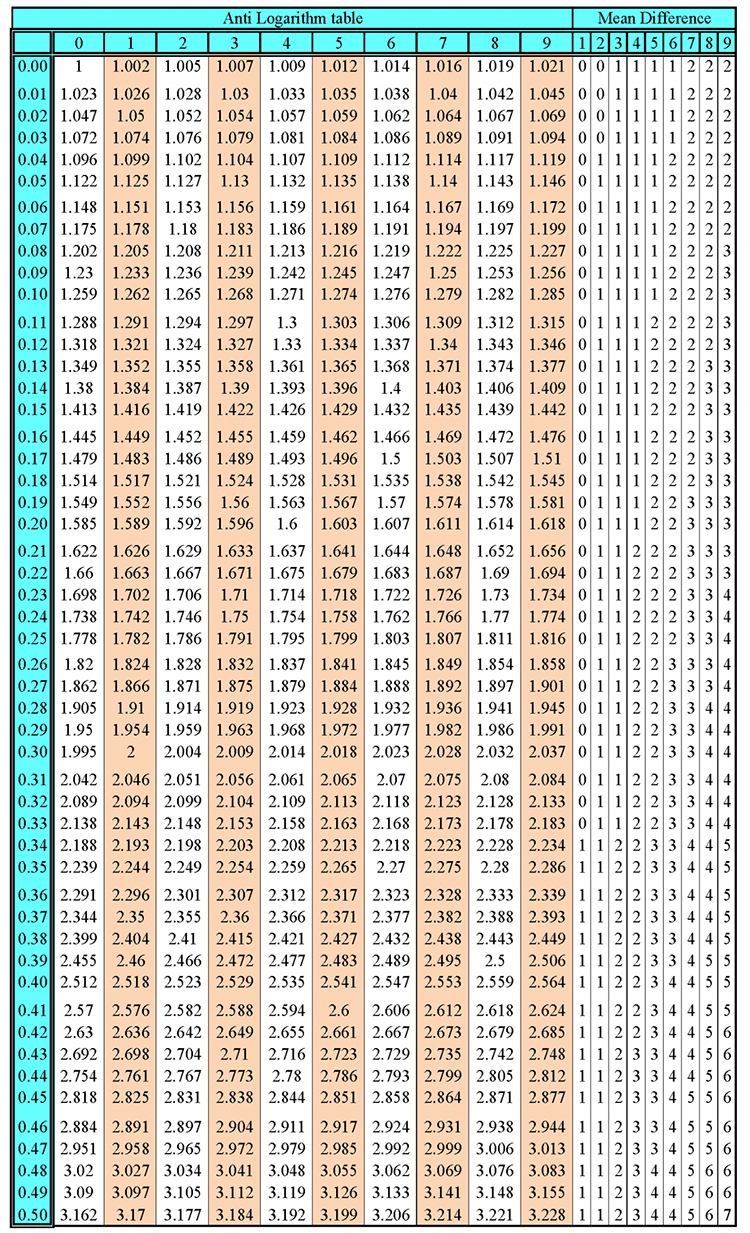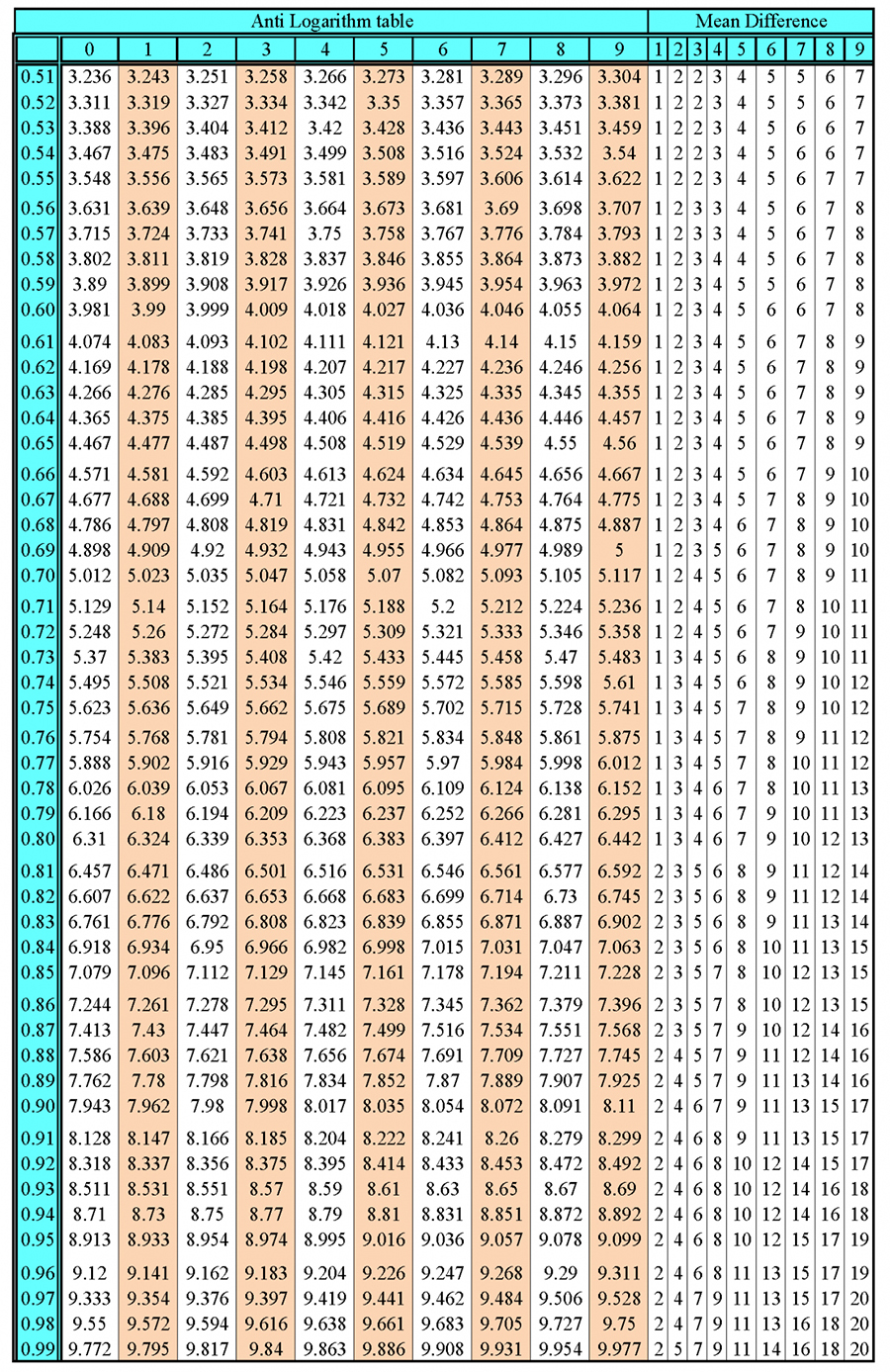Upper and lower boundary addition
If you are looking to add two quantities and you need to know the possible limits upper boundary and lower boundary use logic:
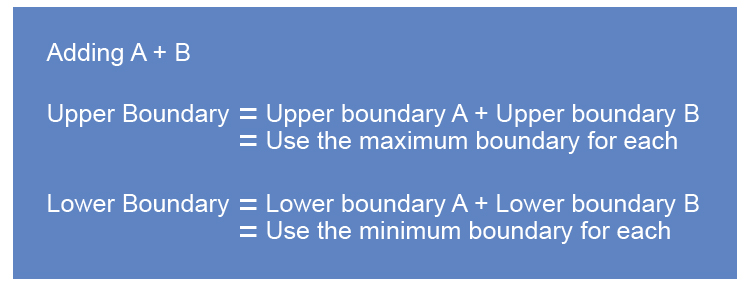
NOTE:
1. Upper boundary `=` Upper boundary `A+` Upper boundary `B`
Adding the two largest possible upper boundaries will provide you with the biggest quantity possible.
Upper boundary `=` Big `+` Big `=` Largest amount
2. Lower boundary `=` Lower boundary `A+` Lower boundary `B`
Adding the two smallest possible lower boundaries will provide you with the smallest quantity possible.
Lower boundary `=` Smallest `+` Smallest `=` Smallest amount
Example 1
Two pallets were stacked one above the other. The first was `120cm` high and the second was `110cm` high. You found out that the measurements were rounded to the nearest cm. What were the maximum and minimum heights of the stack?
The question is an addition question but the first thing you must do is find the maximum and minimum values of each number.
The upper and lower boundary of `120cm` is
`120cm` to the nearest `1cm`
`12ul0` underline the last significant number.
`12ul0\.0` look next door
`0` `5` or more raises the score. So `119.5` would raise to `120`.
`0` four or less just ignore `120.499` and lower to `120`.
This is simplified to `120.5`
So the upper and lower boundary of `120cm` is `120.5cm` and `119.5cm`.
The upper and lower boundary of `110cm` is
`110cm` to the nearest `1cm`
`11ul0` underline the last significant number.
`11ul0\.0` look next door
`0` `5` or more raises the score. So `109.5` would raise to `110`.
`0` four or less just ignore `110.499` it would ignore and lower to `110`.
This is simplified to `110.5`
So the upper and lower boundary of `110cm` is `110.5cm` and `109.5cm`
Summary
Upper and lower boundary of `120cm` is `120.5cm` and `119.5cm`
Upper and lower boundary of `110cm` is `110.5cm` and `109.5cm`
So the highest the two pallets could reach would be the maximum boundary of each which is:
| `110.5` | `+` | `120.5` | `=231cm` |
| Big | Big |
The lowest height the two pallets could reach would be the minimum boundaries of each which would be.
| `109.5` | `+` | `119.5` | `=229cm` |
| Small | Small |
Example 2
You need to order enough fencing for a job. You find out that someone has measured to the nearest one decimal place. See diagram below. What are the possible dimensions within which the perimeter can fall?

The question is an addition question but the first thing you must do is find the maximum and minimum value of each figure.
The upper and lower boundary of `4.5\ metres` is:
`4.5m` to the nearest one decimal place
`4.ul5` underline the last digit.
`4.ul5\0` look next door
`0` `5` or more raises the score. So `4.45` would raise to `4.5`.
`0` four or less just ignore `4.5499` it would ignore and lower to `4.5`.
This is simplified to `4.55`
The upper and lower boundary of `8.6\ metres` is:
`8.6m` to the nearest one decimal place
`8.ul6` underline the last digit.
`8.ul6\0` look next door
`0` `5` or more raises the score. So `8.55` would raise to `8.6`.
`0` four or less just ignore `8.6499` it would ignore and lower to `8.6`.
This is simplified to `8.65`
Summary
Upper and lower boundary of `4.5m` is `4.55cm` and `4.45cm`
Upper and lower boundary of `8.6m` is `8.65cm` and `8.55cm`
So the longest length of the boundary would be the maximum boundary of each:
| `8.65` | `+` | `4.55` | `+` | `8.65` | `+` | `4.55` | `=26.4m` |
| Big | Big | Big | Big |
The lowest height the two pallets could reach would be the minimum boundaries of each which would be.
| `8.55` | `+` | `4.45` | `+` | `8.55` | `+` | `4.45` | `=26.0m` |
| Small | Small | Small | Small |
